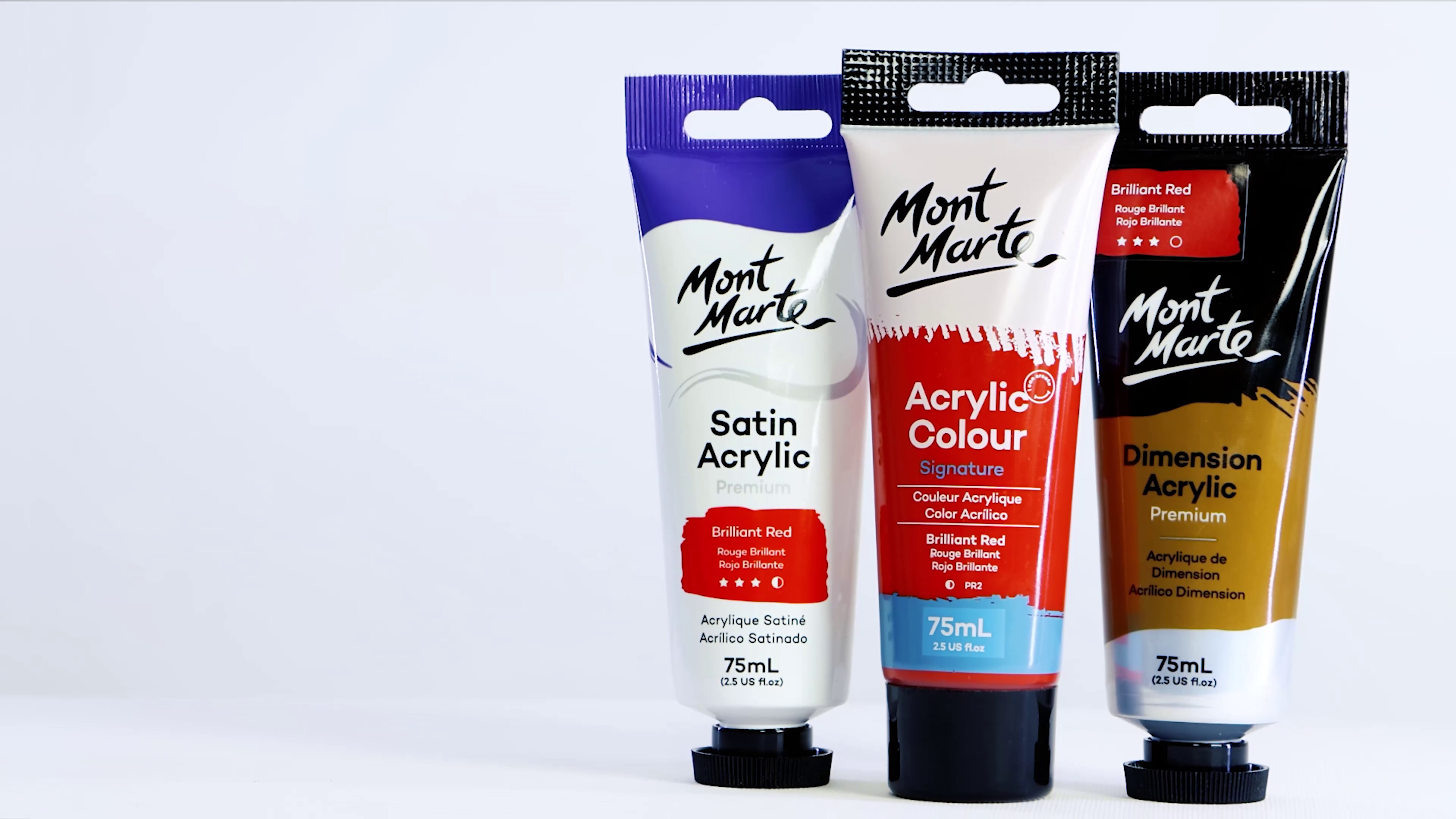When it comes to oil painting, there are a few tricks of the trade to keep up your sleeve. One of these is to know your mediums. Now this can get a bit confusing at times, so we’ve put together an oil paint medium guide to give you a quick rundown of each type.
Safflower oil
When you’re trying to make your oil paints thinner or you want to add more gloss, safflower oil is a great go-to. With a consistency that’s similar to milk, this is one of the thinnest oil paint mediums. You can use it to thin all colours, but because it’s clear this one is particularly ideal for white and pale tones.
Refined linseed oil

Refined linseed oil is the medium you go to when you want to make your oil paints flow more smoothly. This mid-viscosity medium is slightly thicker than safflower oil and allows you to create long, consistent strokes. It also helps make oil paints more suitable for wet-on-wet (alla prima) techniques because it makes the paint thin enough for easy blending.
Thickened linseed oil
As the name suggests, this oil paint medium has a very thick and syrupy consistency. It’s ideal for increasing paint translucency, making it a common choice for glazing (a technique where you add a transparent layer of paint to build depth and adjust colours). Thickened linseed oil also gives your paints a smoother finish because it reduces brushstroke retention.
Amber gel

Amber gel is also used to add translucency to oil paints without overly lowering their thickness (viscosity). You would use this one instead of thickened linseed oil when you want to increase paint translucency without changing the oil paint thickness. This allows you to adjust the translucency while still being able to create impasto techniques and retain brushstrokes in your work. It’s also worth noting that this medium can make your paint dry around 50% faster due to the alkyd resin in its formula.
Amber impasto
Amber impasto has two main jobs: it increases translucency and thickness. Like amber gel, it also includes an alkyd resin which means your paint will dry around 50% faster than regular oil paint.
Amber thinner

On the other end of the scale we have amber thinner. This has a similar consistency to water and can be used to significantly thin your oil paint. This, along with its ability to make oil paint dry more quickly, makes it ideal for tinting canvases. It allows you to lay down a thin base-coat that dries quickly so that you can paint over it without having to wait for too long. Amber thinner can also be used to clean your brushes. By the way, if you need some brush cleaning tips check out our video on oil paint brush care.
Oil Paint Additives
On top of mediums, there are also a range of other things you can add to your oil paint to create a variety of effects. Here are a few common additives you might like to try!
Turpentine

Put simply, turps makes a great brush cleaner and can also be used to thin oil paints for tinting canvases.
Pigment additives
There are all kinds of pigment additives that you can use to create different effects. Some popular examples include pearl, neon and phosphorescent pigments, as well as metallic glitter and metallic powder. You can also add these to amber impasto or thickened linseed oil.
Texture additives

If you want to add some texture to your oil paints, try mixing in some sand for a rough, gritty effect or marble dust for a smooth, mousse-like consistency.
Now that we’ve covered some of the main oil paint mediums and additives, it’s time for the fun part. Experiment and play around to see what works for your style!





































